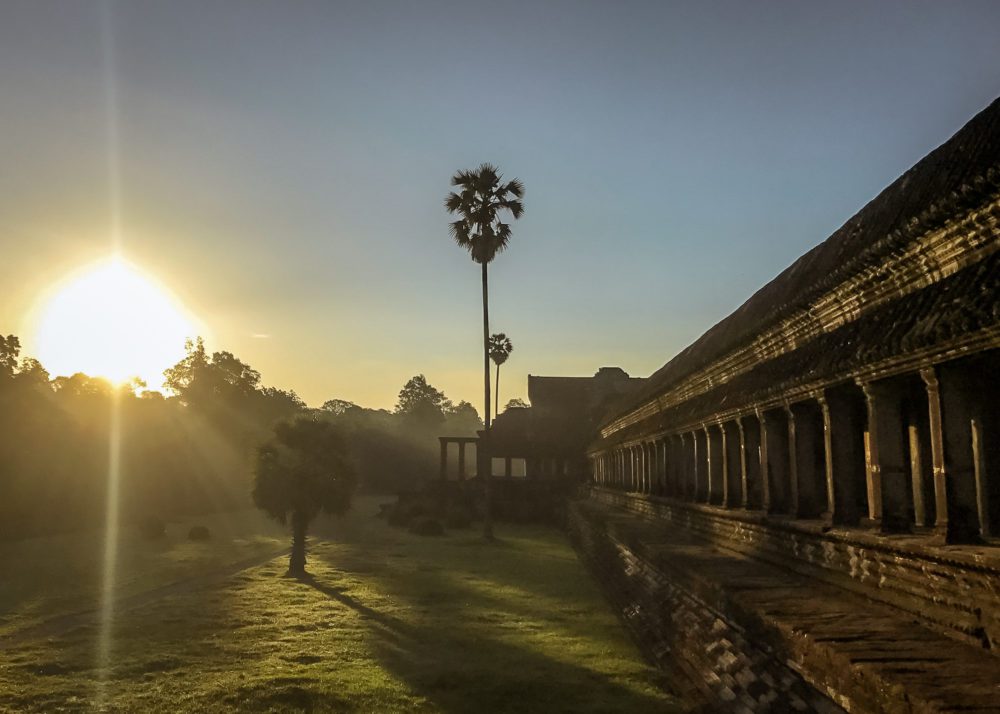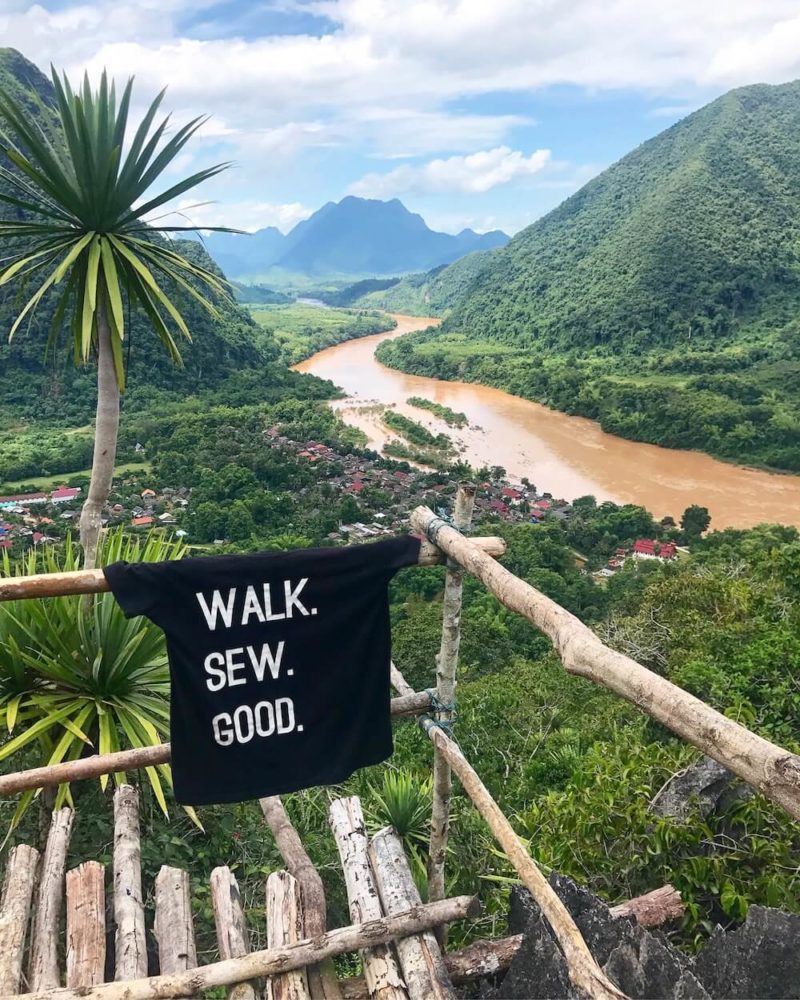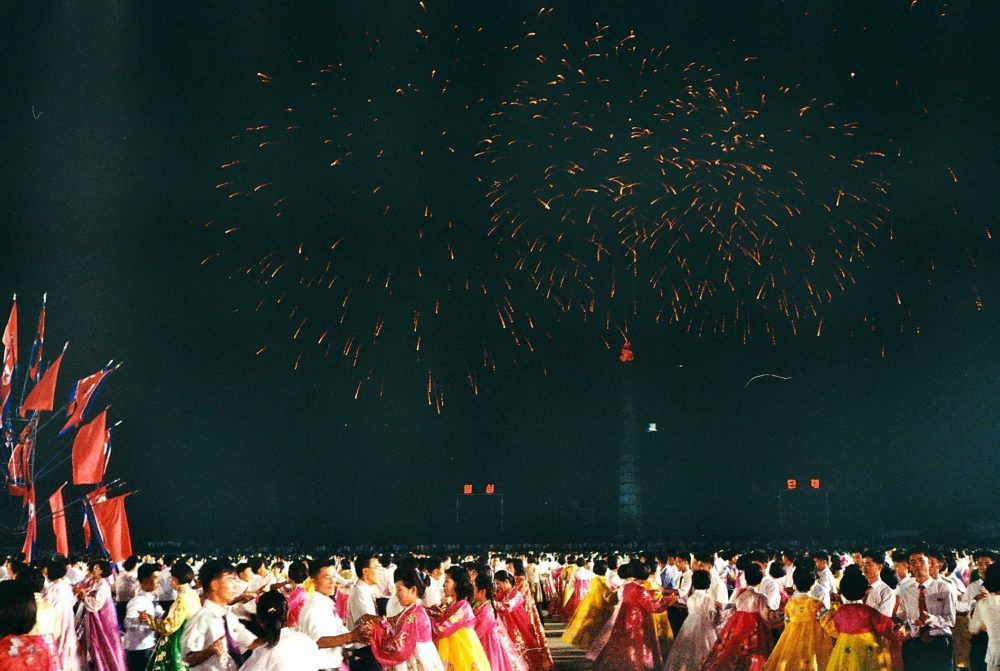Things to do in Cambodia | 50 Adventures in the Kingdom of Wonder

These 50 incredible things to do will help you plan the ultimate Cambodian adventure! Discover secret temples, kayak remote backwaters, and take your trip to the next level with this guide.
Collecting stories of fashion – 3,500 km of walking across Southeast Asia with Megan

Meet Megan O’Malley. Led by a passion for sustainable fashion, she walked 3,500 km across Southeast Asia with one big mission: to collect the inspiring stories of the humans who make our clothes.
Romanticism, recklessness and finding humanity: From Somalia to North Korea with Alastair

With a tireless desire for the reckless and romantic, this 28-year-old journalist has travelled to some of the most misunderstood places around our globe.


